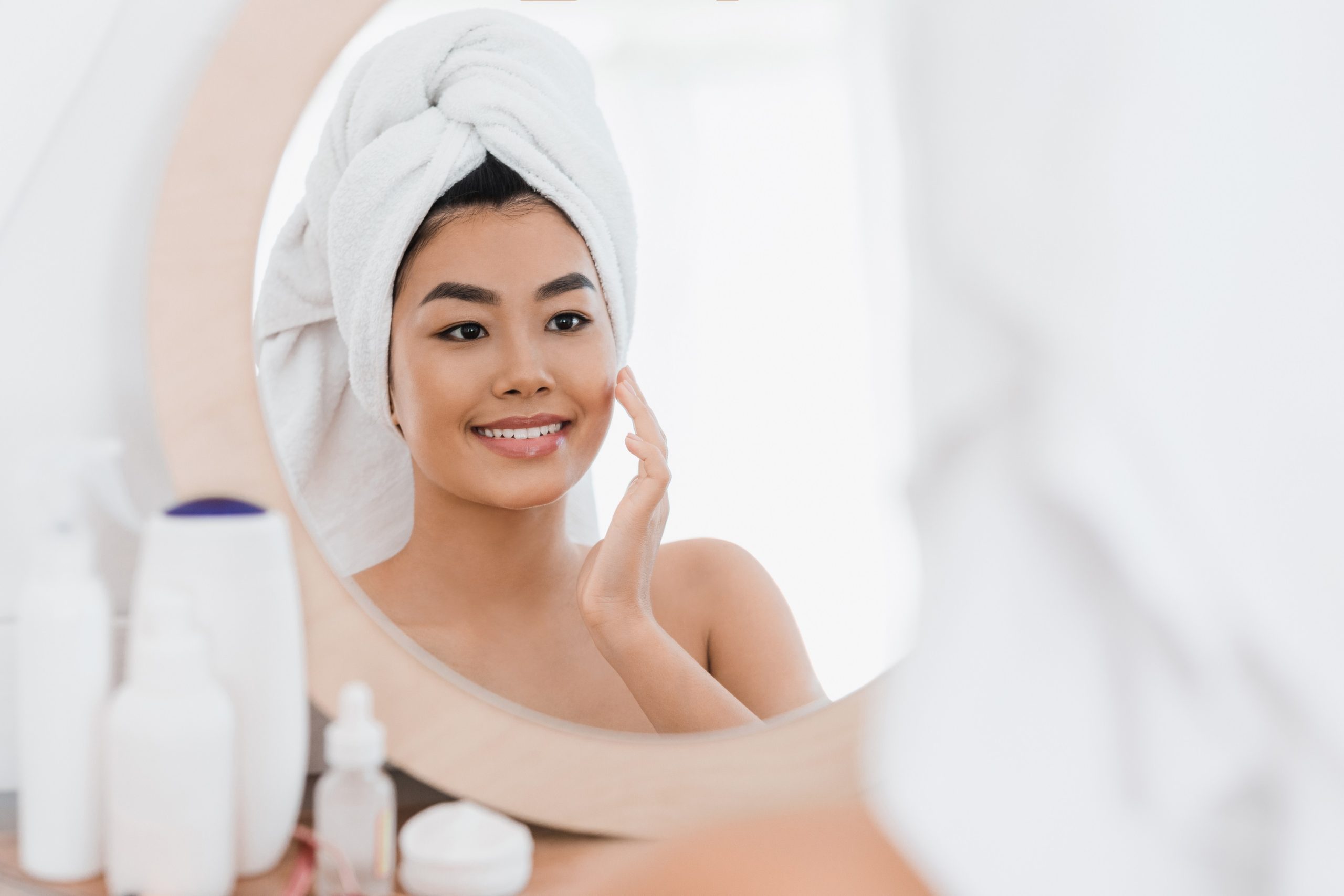Water-Resistant
If your sunscreen or sunblock has labeled with water-resistant properties, it doesn’t mean that your product is waterproof. The FDA will no longer allow manufacturers to say their products are waterproof.
Which products are labeled as water-resistant, which means, the protection will be effective for 40 minutes in the water, then reapplication is necessary. Products that are labeled as very water-resistant will almost last for 80 minutes in the water.
Broad Spectrum
Sun-protectant labeled as Broad Spectrum, means that the product can protect from both UVA and UVB rays.
Sports
In the sun-protection formula, this term has not been approved by the FDA but It’s a general indication of being your product water and sweat resistant.
Sensitive Skin
The term “Sensitive Skin” hasn’t been approved for sun protection. It’s most likely an indication that the product is hypoallergenic and doesn’t include PABA, Oils, or fragrances.
So, before using, read the label carefully, if any of these ingredients may irritate your skin





